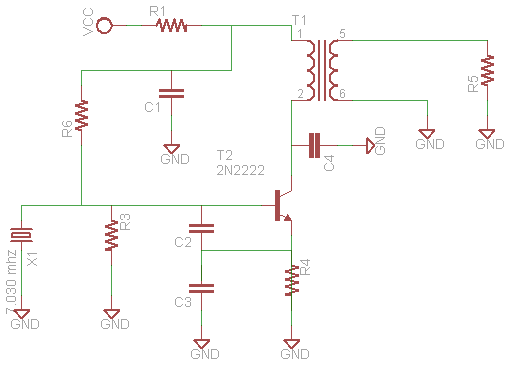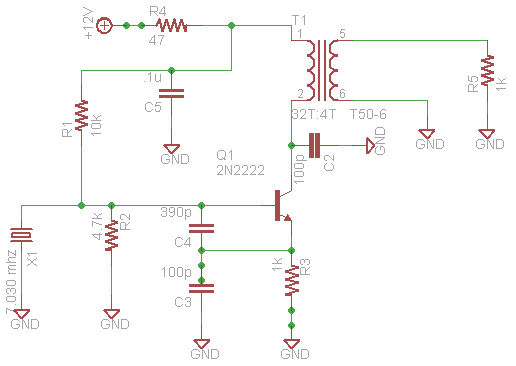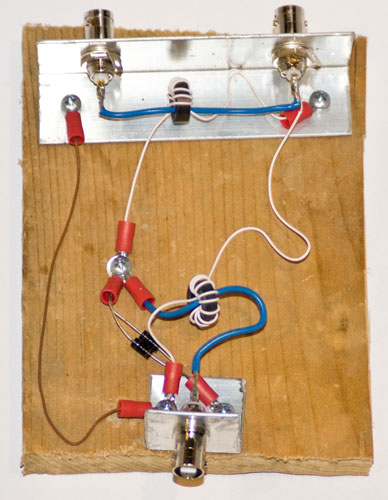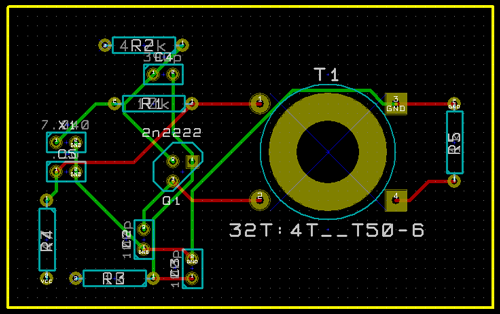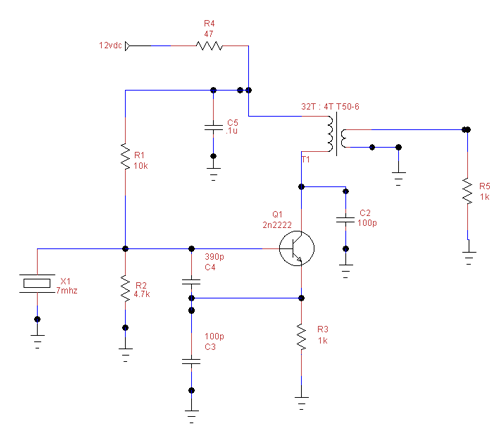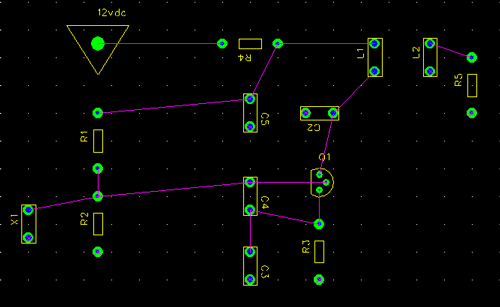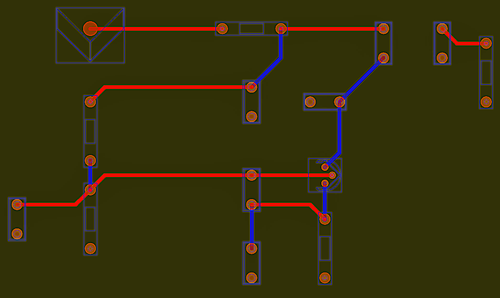PIC freq counter notes
I am capturing some notes for how to use a PIC MCU as a frequency counter. I would like to potentially include this in some other projects that I am looking at. There are some interesting ideas and the counter does not look too complex. I wonder if a person could prototype it to the point where it is a reproducible "component" that could be easily included in other designs.
http://www.piclist.com/techref/piclist/weedfreq.htm
http://www.qsl.net/dl4yhf/freq_counter/freq_counter.html
http://www.qsl.net/dl4yhf/qrp/index.html#miss_mosquita
http://www.qsl.net/dl4yhf/index.html#dl4yhf_winpic
http://www3.sympatico.ca/richard.blackman/PIC_LED_FREQUENCY_COUNTER.html
http://py2rlm.sites.uol.com.br/FREQLEDEGL.HTM
http://www.best-microcontroller-projects.com/support-files/pic-frequency-counter-lcd-tmr1.pdf
http://www.qsl.net/yo5ofh/pic/freq_counter/freq_counter.htm
http://www.hamradioindia.org/circuits/fcountlcd.php
http://www.embedds.com/the-marvelous-ik3oil-16f84-pic-frequency-counter/
http://ironbark.bendigo.latrobe.edu.au/~rice/newfm/newfm.html
With a prescaler - http://ironbark.bendigo.latrobe.edu.au/~rice/newfm/ghzfm.html
http://kl7r.ham-radio.ch/ik3oil/index.html
It seems like there is a lot of potential for reuse for a tool/module like this. I
will try to look into this more tonight after the kids go to bed. There is no end
to amount of reading that I can come up with.


http://www.piclist.com/techref/piclist/weedfreq.htm
http://www.qsl.net/dl4yhf/freq_counter/freq_counter.html
http://www.qsl.net/dl4yhf/qrp/index.html#miss_mosquita
http://www.qsl.net/dl4yhf/index.html#dl4yhf_winpic
http://www3.sympatico.ca/richard.blackman/PIC_LED_FREQUENCY_COUNTER.html
http://py2rlm.sites.uol.com.br/FREQLEDEGL.HTM
http://www.best-microcontroller-projects.com/support-files/pic-frequency-counter-lcd-tmr1.pdf
http://www.qsl.net/yo5ofh/pic/freq_counter/freq_counter.htm
http://www.hamradioindia.org/circuits/fcountlcd.php
http://www.embedds.com/the-marvelous-ik3oil-16f84-pic-frequency-counter/
http://ironbark.bendigo.latrobe.edu.au/~rice/newfm/newfm.html
With a prescaler - http://ironbark.bendigo.latrobe.edu.au/~rice/newfm/ghzfm.html
http://kl7r.ham-radio.ch/ik3oil/index.html
It seems like there is a lot of potential for reuse for a tool/module like this. I
will try to look into this more tonight after the kids go to bed. There is no end
to amount of reading that I can come up with.




